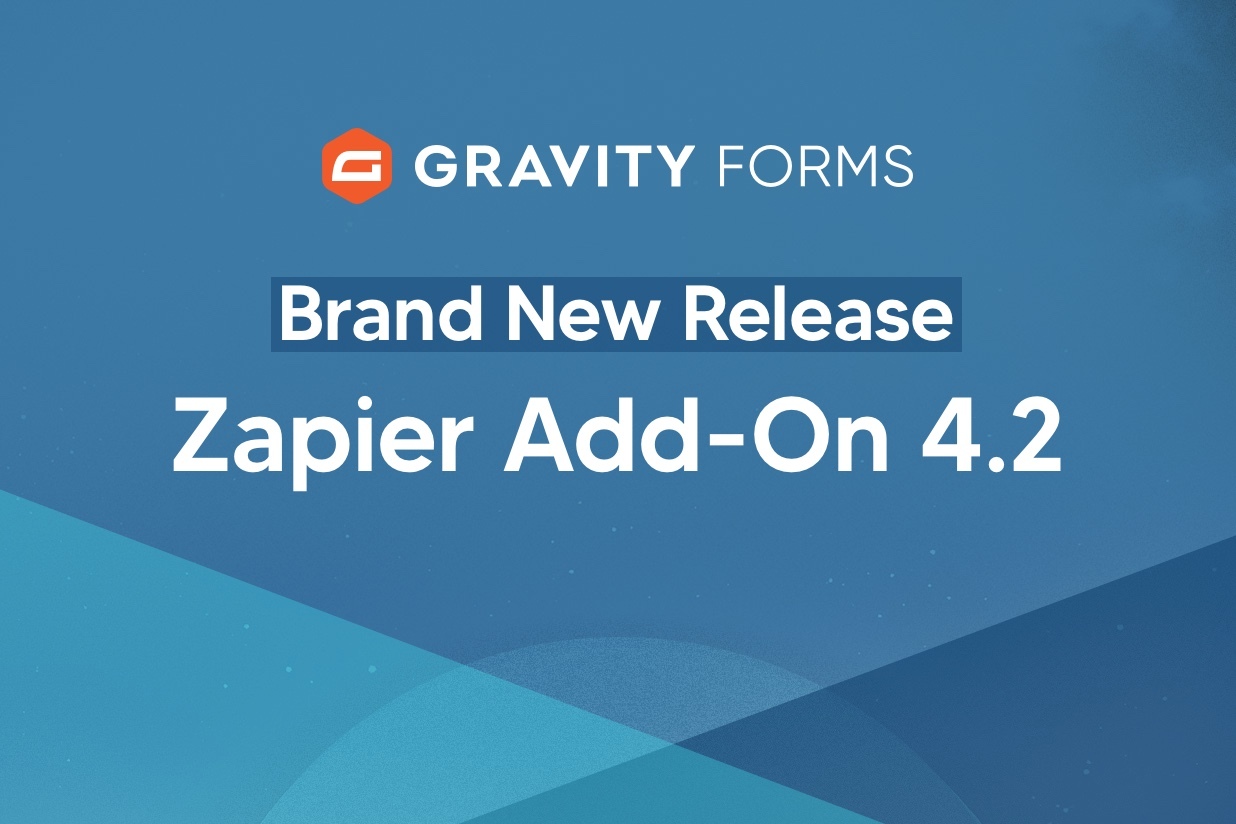Brand New Release: Zapier Add-On 4.2

We are excited to announce an update to our Zapier Add-On. The release of Zapier 4.2 sees support for Transfer by Zapier, a new feature that allows you to send data in bulk to any of Zapier’s 3000+ integrations!
Updates added to the Zapier Add-On changelog include…
- Added support for Zapier Transfer.
- API: Updated the
gform_zapier_request_bodyfilter to be called within GF_Zapier::get_body so that it can be applied both when processing feeds and responding to API requests.
Introducing Transfer by Zapier
One of Zapier’s newest features, Transfer by Zapier allows you to move data where you need it – in bulk!
This is a real game-changer for Gravity Forms users, as you will now be able to move all prior form submissions – even if those entries are months (or years!) old – in one go.
Up until now, Zapier has only been able to support the sending of new form entries to other services and apps once a Zap is set up, there has been no option of transferring older entries.
Going forwards, if you want to create a new Zap for an old form, you can now easily bulk transfer all your previously collected form submissions, ideal for those who have existing forms and are either new to Zapier or want to send their data to a new app or service.
For information on how to get started with Zapier Transfer, check out the Gravity Forms Documentation.
Zapier Add-On 4.2 Changelog
- Added support for Zapier Transfer.
- API: Updated the
gform_zapier_request_bodyfilter to be called within GF_Zapier::get_body so that it can be applied both when processing feeds and responding to API requests.